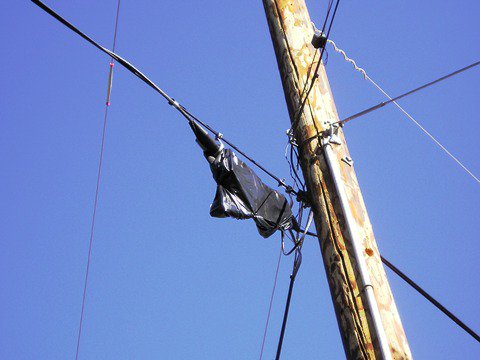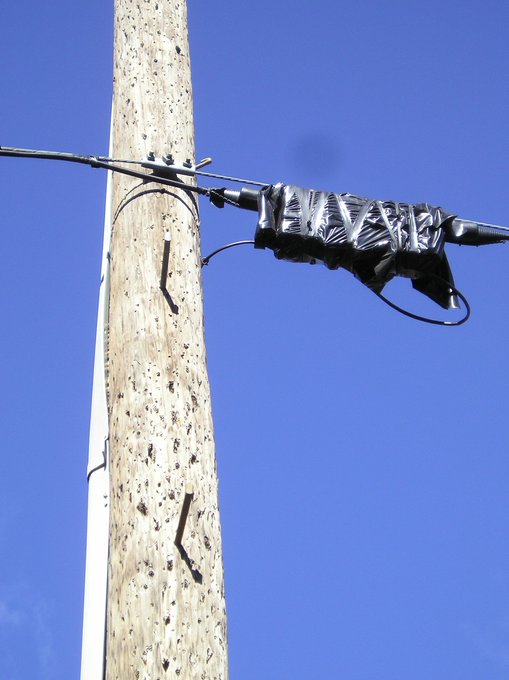Tell The Story We Know: Broadband Competition is Too Limited | Benton Institute for Broadband & Society: This is a familiar story, known to the members of CLIC but not given sufficient attention generally. The Benton Institute’s “Broadband for America’s Future: A Vision for the 2020s” calls for an ambitious goal. That every person in America have the ability to use High-Performance Broadband by the end of this decade. To achieve that goal requires success in each of four building blocks: more deployment, greater competition, emphasis on affordability and adoption, and empowerment of community institutions. The competition story needs to be told: We can expect people with only one choice to pay monopoly prices, and people with only two choices to pay the higher prices typically charged by duopolies. People with three or more choices typically pay less. Clearly, people who can barely afford to pay a competitive price, say, low-income Americans, are particularly vulnerable to artificially high prices.Problem with reliance on competition is telecom infrastructure naturally tends toward monopoly. It favors first mover incumbents and high cost barriers make it impractical for a competitive market to exist. All providers face high labor costs for deploying infrastructure, giving none a cost advantage such that it could drive another out of business with ultra low pricing or serve a larger customer base.
That naturally high concentration and few providers also means buy side market forces cannot hold down prices over the long run. Providers know end users have little or no real choice to vote with their wallets and go with another. Particularly in the U.S. where large investor owned corporations own both the infrastructure and the services provided over it, making the equivalent of an electronic toll gate. Pay the toll or you don't pass.
It also makes little sense to have multiple premise fiber connections from different vendors. We don't have that for electric power connections for the same reason: it's economically inefficient and impractical. One fiber connection will do just fine now and for the foreseeable. Preferably publicly or consumer cooperatively owned open access fiber.

